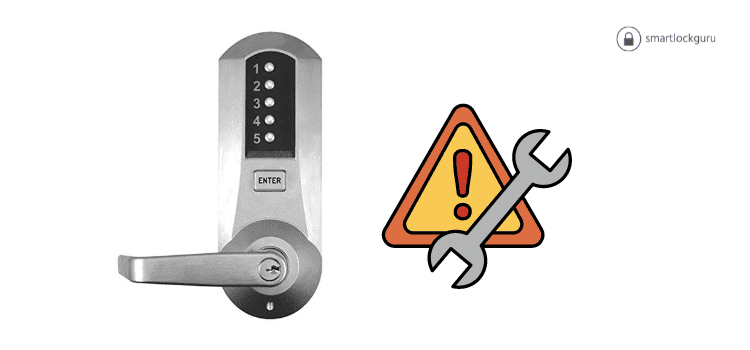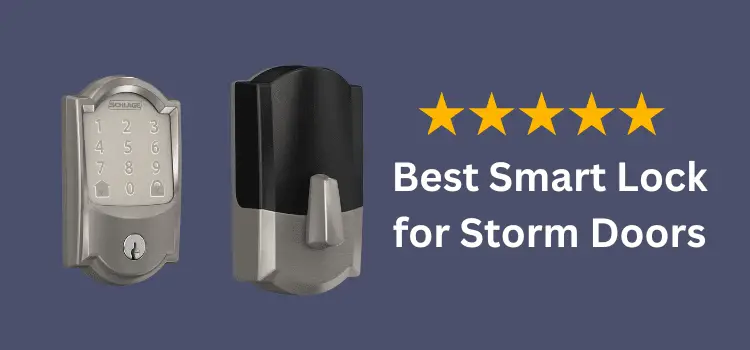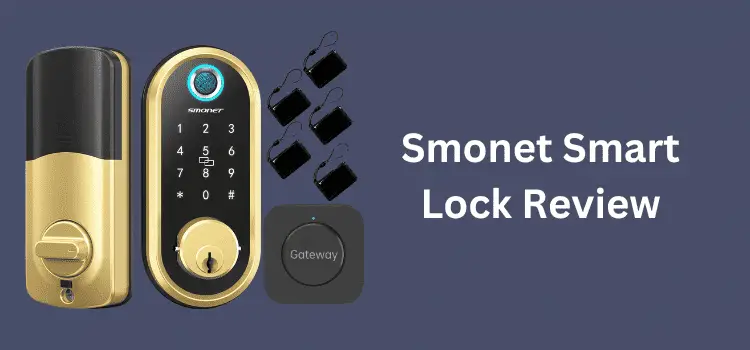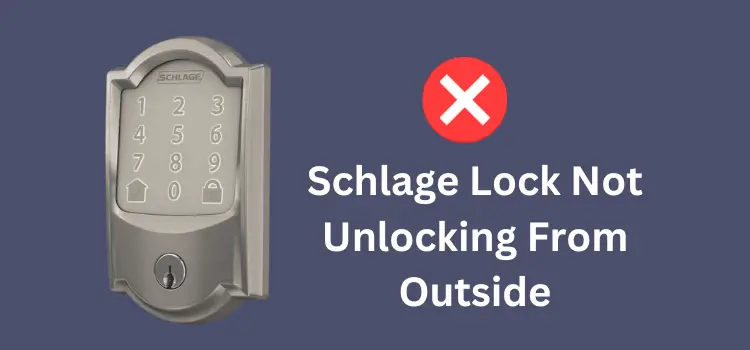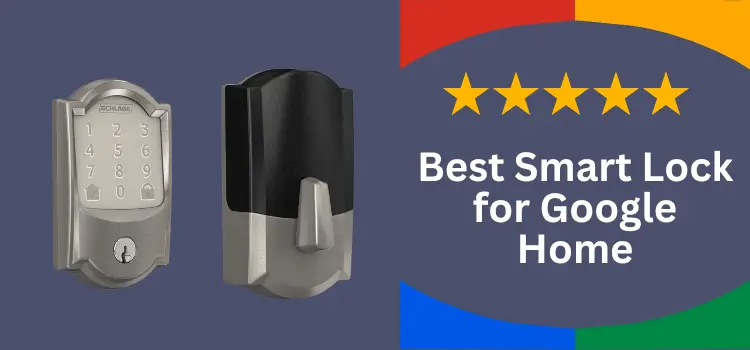Welcome to the ultimate guide on Kaba Door Lock Troubleshooting, where we tackle the pesky problems of your Kaba lock with a sprinkle of humor and a load of expertise. Gone are the days of frustrating lockouts and the maddening dance of key jiggling. Let’s dive deep into the world of Kaba door lock troubleshooting, armed with knowledge, a screwdriver, and perhaps a cup of coffee for moral support.
Introduction
In the realm of secure access, Kaba door locks stand tall—until they don’t. Whether you’re faced with a stubborn lock that refuses to heed your digital commands or an electronic keypad that’s more cryptic than your high school algebra, fear not! This article is your knight in shining armor, ready to guide you through the murky waters of Kaba door lock troubleshooting. Prepare to embark on an adventure filled with buttons, beeps, and the occasional victorious cheer.
Causes of the Problem
Before we wield our tools like valiant knights, let’s understand the dragons we’re up against. The issues with Kaba door locks can range from battery woes to alignment misadventures. Here’s a brief overview of what could go wrong:
- Dead Batteries: The silent killer of electronic locks.
- Misaligned Door: When your door and lock don’t see eye to eye.
- Faulty Keypad: Buttons that give you the silent treatment.
- Incorrect Code Entry: When your lock has trust issues.
- Wear and Tear: Time takes its toll on even the mightiest locks.
Required Tools
Arm yourself with the following tools before you step onto the battlefield:
- Screwdriver (preferably a set)
- Fresh Batteries (the lock’s elixir of life)
- Lubricant (for those not-so-smooth operations)
- Cleaning Cloth (dust and grime are your enemies)
- Patience (arguably the most important tool)
Kaba Door Lock Troubleshooting Instructions
Battling Dead Batteries
- Access the Battery Compartment: Use your screwdriver to open the lock’s battery compartment. It’s usually located on the inside part of the door.
- Replacement Ritual: Take out the old batteries, whisper a quick eulogy, and replace them with fresh ones. Make sure they’re inserted correctly—positive to positive, negative to negative.
- The Moment of Truth: Close the compartment and try the lock. If you hear a beep and the door unlocks, congratulations! You’ve revived your lock.
Aligning the Misaligned Door
- Inspect the Gap: Check the space between the door and the frame. If it looks uneven, your lock might be throwing a tantrum because of alignment issues.
- Tighten Hinges: Use your screwdriver to tighten the screws on the door hinges. Sometimes, a little screw-tightening is all it takes to mend a relationship.
- Test the Lock: Close the door and try locking and unlocking it. If it operates smoothly, you’ve successfully brokered peace between the door and the lock.
Fixing the Faulty Keypad
- Clean the Keypad: Use your cleaning cloth to gently wipe the keypad. Dirt and grime can prevent the buttons from working correctly.
- Button Test: Press each button on the keypad. They should all return to their original position after being pressed. If any stick or don’t click, they might need a more thorough cleaning or replacement.
- Code Entry: Try entering your code. If the lock responds, your cleaning spree has paid off.
Overcoming Incorrect Code Entry
- Reset the Lock: Find the reset button (refer to your lock’s manual as this can vary). Press and hold it until you hear a beep or see a light flash.
- Enter New Code: Follow the instructions to set a new code. This often involves pressing the reset button again, entering the new code, and then pressing the reset button to confirm.
- Test the New Code: Try unlocking the door with your new code. If it works, make sure to remember the code this time—or at least write it down somewhere safe.
Combatting Wear and Tear
- Lubricate the Lock: Apply a small amount of lubricant to the moving parts of the lock. This can help smooth out operations and extend the lock’s lifespan.
- Regular Cleaning: Regularly clean the lock and keypad to prevent dust and dirt accumulation.
- Professional Help: If the lock is significantly worn out, consider calling in a professional. Sometimes, a lock needs more than just a DIY approach.
Here is the video guide for Kaba Door Lock Troubleshooting
FAQs about Kaba Door Lock Troubleshooting
Q1: What do I do if my Kaba door lock still doesn’t work after troubleshooting?
A: If after all your valiant efforts the lock refuses to budge, it might be time to call in a professional locksmith or contact Kaba customer support for further assistance.
Q2: How often should I replace the batteries in my Kaba door lock?
A: It’s wise to replace the batteries at least once a year, or whenever you notice the lock starting to respond more slowly than usual.
Q3: Can I reset my Kaba door lock without the original code?
A: Yes, but you’ll need to follow the lock’s specific reset procedure, which often involves accessing a reset button on the inside part of the door.
Q4: How do I prevent my Kaba door lock from malfunctioning?
A: Regular maintenance, including battery checks, cleaning, and lubrication, can go a long way in preventing issues.
Q5: Can I install a Kaba door lock myself?
A: Yes, if you’re handy with tools and follow the installation instructions carefully. However, for best results, especially with complex models, professional installation might be advisable.
Conclusion
Navigating through the maze of Kaba door lock troubleshooting might seem daunting at first, but with the right tools and a dash of patience, you’re well on your way to becoming a lock whisperer. Remember, most lock issues boil down to a few common culprits—batteries, alignment, wear and tear, and the occasional digital hiccup. By understanding these challenges and how to face them head-on, you’ll ensure that your Kaba door lock serves you securely and reliably for years to come. And remember, when in doubt, a little humor and persistence go a long way. Happy troubleshooting!
You might also like:
1- Kwikset Halo vs Schlage Encode (Detailed Comparison)
2- Schlage Lock Unlocks Without Code: 4 Solutions

